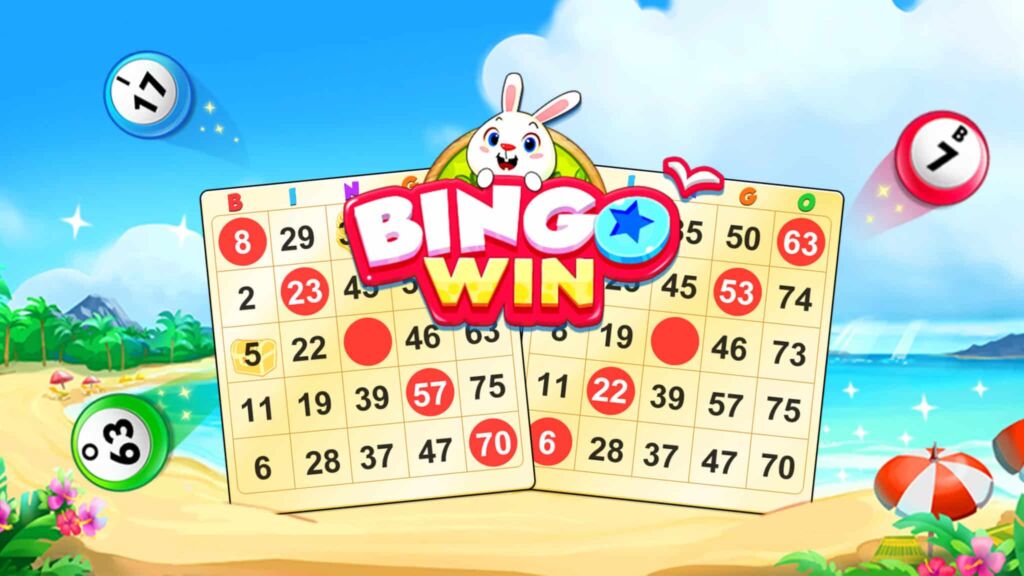Bingo is a game loved worldwide for its simplicity and excitement, attracting both casual and seasoned players. Whether you're just starting out or are an experienced player, learning more about the game's history, rules, and intriguing details can amplify your appreciation. This comprehensive guide dives into bingo's history, gameplay, and compelling trivia that appeals to all players.
The History of Bingo
To grasp bingo in the modern day, it’s crucial to revisit its past. The game as we know it has evolved considerably over hundreds of years, adopting new forms and reaching more players.
Origins in Italy
Bingo originated in 16th-century Italy as 'Lo Giuoco del Lotto d’Italia,' a lottery game embraced as both entertainment and gambling, formally recorded around 1530. Its popularity surged in Italy before spreading across Europe, where it gave rise to diverse adaptations.
Bingo's Transformation in France and England
In France, significant modifications led to the game being recognized as 'Le Lotto,' with altered rules for broader participation. By the 18th century, the French version included numbered cards and grew to be a social pastime in royal and aristocratic circles.
England further modified the game in the 19th century, broadening its appeal and introducing multiple prize levels. It was here that the format began to resemble contemporary bingo, setting the stage for its eventual mainstream success.
The Birth of American Bingo
The United States introduced yet another evolution of the game during the early 20th century at fairs and carnivals through 'beano,' where beans were used to mark cards. Edwin S. Lowe, the man credited with renaming it 'bingo,' reportedly overheard a player accidentally shout 'bingo' instead of 'beano' in 1929, and the new name stuck.
In the 1930s, bingo gained traction in churches and charitable events across the U.S., growing rapidly from a mere carnival attraction to a global pastime played in casinos, online, and community centers worldwide.
Understanding Bingo: The Rules
Bingo is cherished for its easily graspable rules. Whether engaging in-person at casinos, online, or at charity gatherings, the game maintains a consistent format. Let’s delve into how both beginners and veterans can enjoy.
Basic Bingo Setup
Standard bingo is played on a card displaying a grid of numbers, typically formatted as a 5×5 layout with a 'free' space in the center. Here's how the numbers are arranged.
- B column: Numbers 1-15
- I column: Numbers 16-30
- N column: Numbers 31-45
- G column: Numbers 46-60
- O column: Numbers 61-75
The aim is to be the first to fulfill a specific pattern on your card, which often involves a straight line of five numbers. Winning lines may run vertically, horizontally, or diagonally, depending on the game type. Some versions might demand intricate patterns like shapes or a total 'blackout,' where the entire card needs marking.
The Calling of Numbers
During play, an announcer, or 'caller,' selects numbers randomly and calls them out to players, who then mark their cards. The first person to complete the required pattern, be it a line or entire card, calls out 'Bingo!' to claim victory. It's possible for multiple players to win if they complete the pattern simultaneously.
Winning Patterns
Winning in bingo involves various potential patterns, which change with each game. Some typical winning configurations include:
- Horizontal Line: Completing any row completely with numbers.
- Vertical Line: Filling a complete column with numbers.
- Diagonal Line: Creating a line from one corner to the opposite corner.
- Four Corners: Marking all four corners of the card.
- Full House (Blackout): Covering all numbers on the card.
Advanced Bingo Variations
Though traditional bingo is simple, many thrilling variations exist, introducing more tactics and excitement:
- Speed Bingo: A rapid version where numbers are called swiftly, demanding quick player reaction and focus for a more dynamic experience.
- Bonanza Bingo: Players use numerous cards trying to complete varied patterns simultaneously in this version.
- Coverall Bingo: Also called 'blackout' bingo, requiring every card number to be marked, often involving bigger prizes adding to its thrill.
- Pattern Bingo: This version necessitates players to complete specific designs, like letters or shapes, offering a fresh, amusing spin on regular bingo.
Fun Facts About Bingo
Rich in history with a lively player community, bingo has accumulated an array of intriguing myths and facts. These captivating bingo facts will surprise and delight both novices and expert players alike.
1. Bingo Was Once Used for Education
Before becoming a casino fixture, bingo was an educational tool in schools, helping teach math, spelling, and geography. Teachers used bingo as a fun, interactive method to engage students in learning.
2. The Largest Bingo Game Ever Played
2011 saw the largest bingo event in history at Resorts World Sentosa, Singapore, attracting over 30,000 participants. As a charity initiative, it highlighted bingo’s potential to unite people for noble causes.
3. Bingo is a Game of Probability
While often viewed as a luck-based game, bingo entails elements of probability. Players can enhance win chances with techniques like picking cards with fewer numbers or a wider spread. Nevertheless, as with most chance games, guaranteed wins remain elusive.
4. Bingo for Charity
Bingo frequently supports charitable works, directing proceeds to different organizations, a longstanding tradition. Bingo events often aid fundraisers for hospitals, schools, and community programs.
5. Bingo’s Popularity in Online Gaming
In recent times, online bingo has gained massive traction, offering gaming convenience from home across numerous rooms with varying bet limits and prize sizes. The rise of online bingo has attracted a worldwide player base, with millions joining virtual games daily.
Advanced Bingo Strategies
For adept players, bingo includes strategic opportunities. Even though largely luck-based, specific strategies can boost your chances of winning. These advanced tips can enhance your bingo approach.
1. Play Multiple Cards
Playing multiple cards is a technique favored by experienced bingo players, raising win probabilities but demanding increased focus and organization, as online platforms often allow buying multiple cards.
2. Choose Games with Higher Payouts
Choosing games with significant jackpots or payouts can be wise, as these typically attract fewer players, improving win odds. Seek bingo sessions with progressive jackpots or extra bonus rounds for elevated rewards.
3. Play During Off-Peak Hours
An additional advanced tactic is playing during periods of low participation, as this reduces the competitive pool, boosting win likelihood. Finding quieter gaming moments can effectively increase your chances.
4. Manage Your Bankroll
Managing your bankroll wisely is vital for any gambling game, including bingo. Establish how much to spend on tickets, adhere to your budget, take breaks, and avoid chasing losses to prevent overspending.
Conclusion
Originating in Italy, bingo has evolved into a beloved game worldwide, embraced by casinos and online communities. Whether you're new and eager to learn or a seasoned player seeking advanced strategies, understanding bingo's history, rules, and fascinating insights fosters a richer gaming experience.
Bingo is beloved for its straightforward rules and thrilling play sessions. Its rich background and ease of access make it perfect for participants of every skill level. Whether you're joining in at a local venue or enjoying a game from home, have fun and may fortune be on your side!



